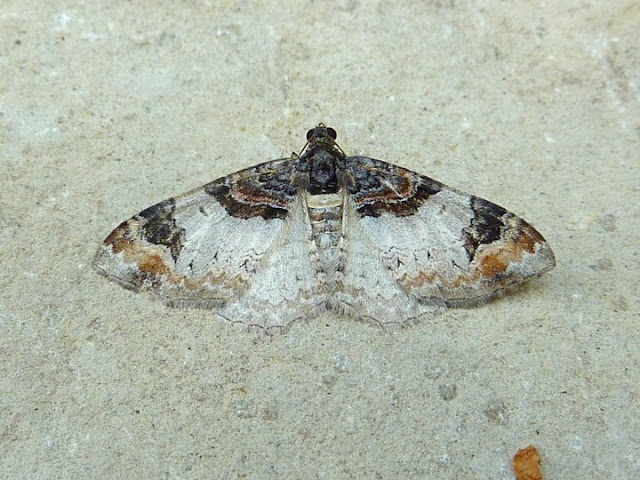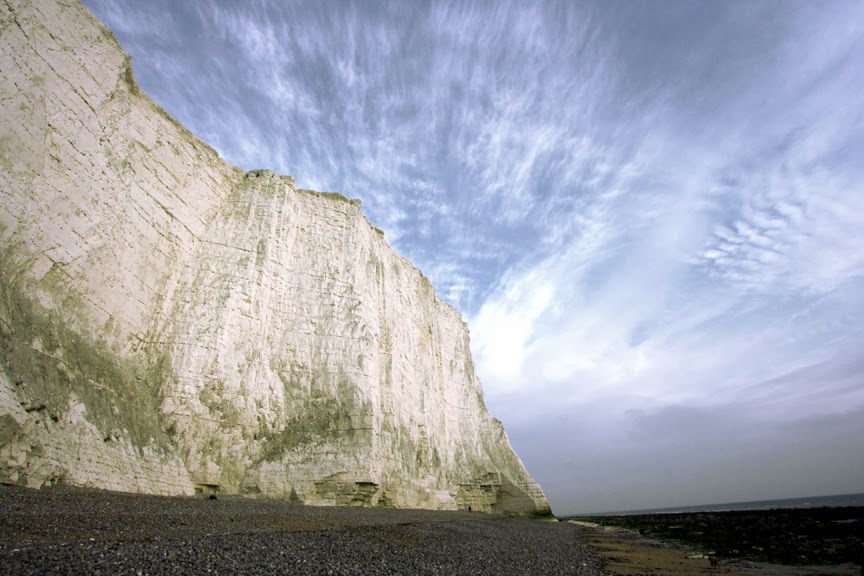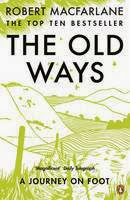Last Quality Street in the box...
... is usually a fudge in our household. But what with tins of Roses, Heroes and Celebrations nearby, there is no such thing as a lack of chocolate at this time of year. But just as there needs to be one item of confectionary doomed to be the last one left, the same is true of 2013 posts. This is it. I won't do a round-up of what I've seen, as it has, by and large, been a spectacularly ordinary year. Instead please accept this bullet-point stream of consciousness that has the year of 2013 as it's link. Twitching heaven: there were more 'rares'* to see than ever before and if you fancied the odd long haul to the northern isles then so much the better. You could have filled your boots and gripped back more than a few goodies on us old-timers, even if the last time some of us twitched was the 1957 Bardsey Summer Tanager. Out of all of those rare birds on offer, I saw precisely none of them. Surrey gets rare: who'd have thought it, that most maligned of birdin...















